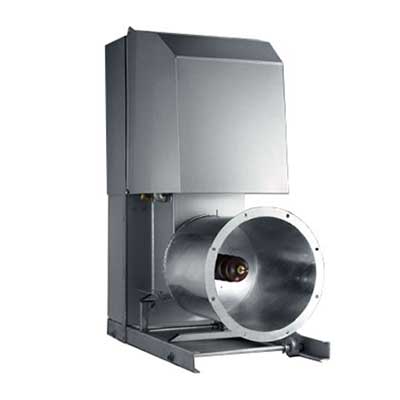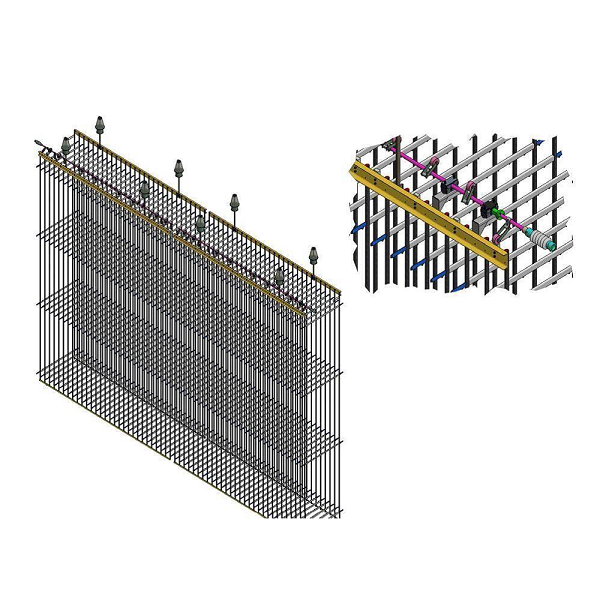- info@ptmsglobal.com
Home » Control Panels for TR sets
Control Panels for TR sets
Control Panels for TR sets

DIGITAL CONTROLLER FOR ESP
Control of back Corona
After certain amount of dust is collected at the collecting electrodes, there is a voltage drop in the dust layer. If the electrical resistivity of the dust, as in low Sulfur fly ash, is high, the amount of charges on the surface of the dust layer increases, and the electric field intensity in the layer becomes stronger. Eventually, the electric field intensity is greater than dielectric strength of the dust layer, and dielectric breakdown occurs. The positively charged dust particles move towards negatively charged discharge electrode thereby discharging the negatively charged dust particles moving towards collecting electrodes. This is called back corona. It affects significantly the dust collection efficiency. A high current occurs on the low voltage operation. Our controllers detect the typical current voltage characteristics associated with back corona, control it and enable the ESP to run at maximum efficiency.
Control of Sparking
An important function of ESP controllers is to detect and control sparking and keep it within operators set limit which is normally less than 10 sparks per minute. Power is removed by the controller as soon as the spark is detected to interrupt flow of current to the spark. It again powers the emitting electrodes after lapse of deionization time of flue gas.
Rapper Control
ESP regulator detects hen dust accumulation at collecting electrodes reach a certain value. It reduces the voltage and sets rapping mechanism into motion. After cleaning cycle is over, it again increases power to the electrodes.
- Semipulse duty
- Four individual programs for different flue gases (Fuels)
- Basic energisation mode by voltage or current control
- De-ionization to re-establish proper gas condition when sparks have occurred
- Back corona control manual or automatic, to maintain best efficiency
- Voltage reduction, adjustable, can be initiated via closing contact
- Automatic saving of information and setting in EEPROM
- Display presentation of primary and secondary voltage/current characteristic
Alarms as per block diagram below






